I call this post a change of pace, not only referring to completing a Master's degree and making the move to Kansas City this summer, but also to the content of this blog. While I doubt that this blog (or my site for that matter) are high traffic areas, I realize that my blog currently reads like an online diary. If you want that sort of information, find me on Facebook :). I will still give brief updates here, but I'm going to dedicate my posts more to my thoughts and feelings on composing music, the music industry, interesting sounds I hear, maybe inspirational topics, etc. In other words, it will be much more analytical and reflective than summarizing.
Alas, here's my brief life update. I graduated in May from the University of Miami with my Master's. Prior to this, my music was featured on Refreshing the Feeling, my recital project, Clarinova, a clarinetist-composer concert, New American Voices, a concert of art songs, the "Prelude Concert" before the Cleveland Symphony Orchestra concert in March, and... that's it. After graduation, I went to Italy for the ALBA Music Festival, where my piece In the Mind of Energy was premiered by Transient Canvas. After much gelato and musicking, I went to Madrid and stared at paintings and architecture for a few days. And this upcoming Sunday my thesis piece will be premiered by PULSE Trio in Blue Ridge, Georgia. I wrote five pieces in the past five months, and four of them in the past two months. It was about an hour of music (the electronics piece goes from 8-30 minutes).
I constantly use music to define, explore, and celebrate intriguing relationships. I am fond of counterpoint, a sinuous relationship between musical objects. The symbolism in my work helps me explore my relationship with God. Music also puts an aural definition on the stirrings I feel, the emotions that overcome me when at the height of composing (those days when things just flow spiritually and leap from mind to paper), and the more concrete relationships of time, space, and motion that become engaging research to me. By identifying, understanding, and tuning into the relationship I have with all these things, my music begins to have personal meaning to me. While I sometimes venture into extramusical realms, almost always the music itself carries a meaning detached from the "program." In fact, extramusical ideas most frequently appear in my work as structural frameworks for my music, giving me a vague road map that I can follow to navigate the compositional process.
Relationships in music are best established through opposition. When one defines a relationship, it is most frequently assessed as strong, weak, romantic, cold, energetic, dull, and so forth. The common thread between these types of relationships is that they all have an opposite. In regards to music, experienced listeners already have heard a large assortment of relationships play out from the musical repertoire. Newly engaged listeners may not pick up on all the relationships that happen in music simply because of a lack of experience in the matter. There are often quotations from other pieces, styles being imitated, common historical figures, patterns, forms, progressions, harmonies, rhythms, and lyrics that introduce an extremely complex array of relationships that the ear and mind eventually comprehend and put together like an abstract language. Good music will have a series of internal relationships and opposing forces to develop the work's own personal and nuanced dialect.
While "good music" is hard to define (and some musical radicals will reject the notion completely), it seems like the greatest criticisms from listeners and non-listeners alike have to do with whether or not they could identify with and enter into a relationship with the music. The standard way to create a healthy relationship with the listener is by giving them something and using that something to guide them through the work. That something might disappear at times, but it comes back in some shape or form. This guiding force creates directionality, a type of musical motion that the listener should hear and follow. The most common criticism I hear from teachers to students (and I'm guilty at times of it) is that this guiding, narrative form has been compromised by something of lesser value or that the piece never seems to get where it should have gone. The other criticism is that the relationship between the something and the rest of the music is too obvious and consequently boring. To be artful is to have craft. To be crafty is to never let the music become predictable. "Music that has something to say" for me translates to "Music that is interesting and surprising." A teacher taught me that style is composed of little tricks and surprises along the way. As the listener develops a relationship with the themes, melodies, and sounds of a work, they must be led towards the inevitable without it ever becoming predictable. The relationship established between the listener and directional music works best when dynamic, engaging, witty or clever (whether serious or humorous), and at the same time forward moving with a sense of purpose.
I'd love to talk about relationships in non-directional music, but this is enough for you and me to chew on (I'm sure it will continue to be on my mind). Until next time.
